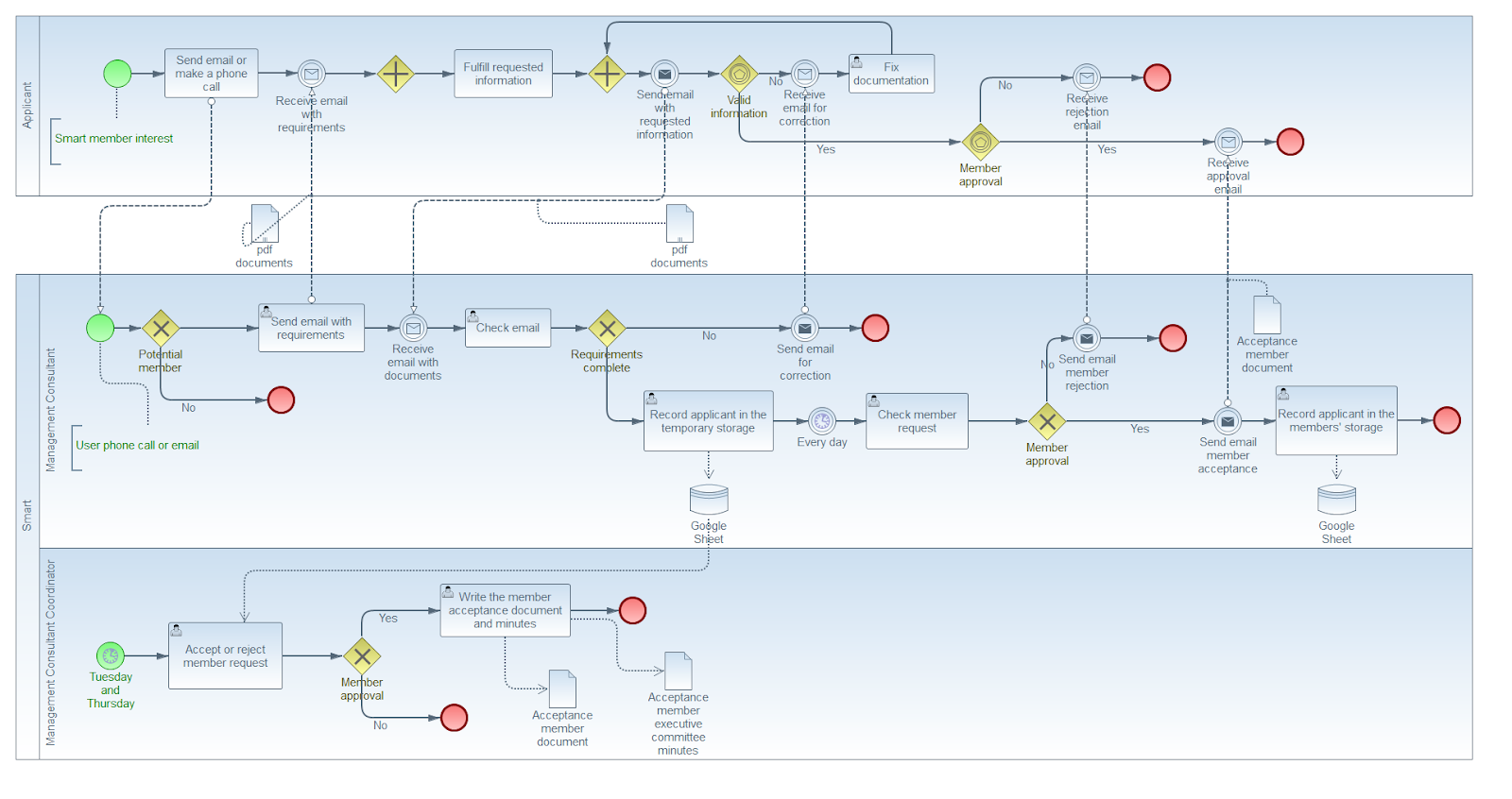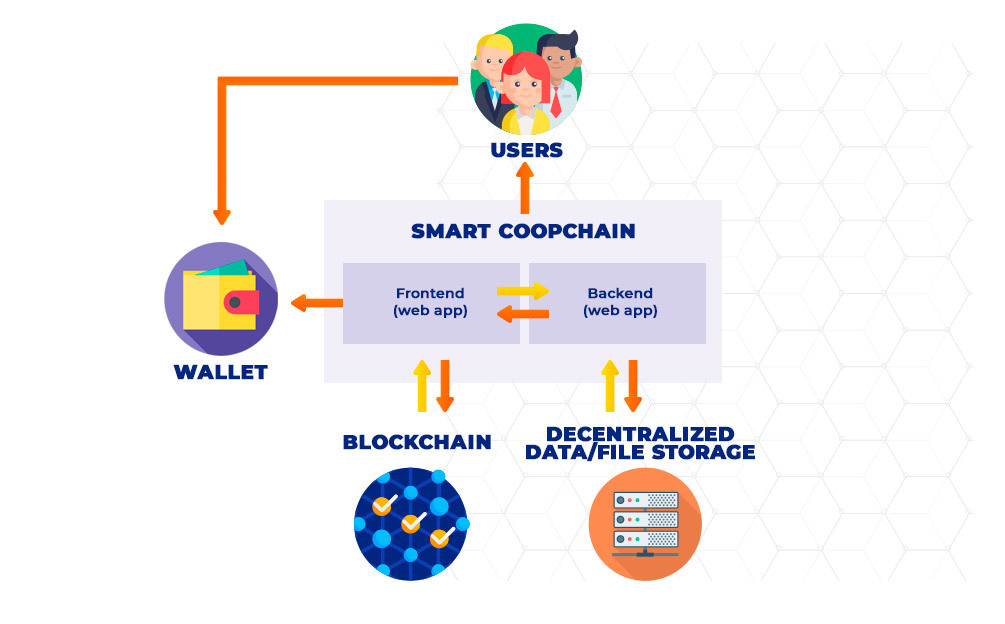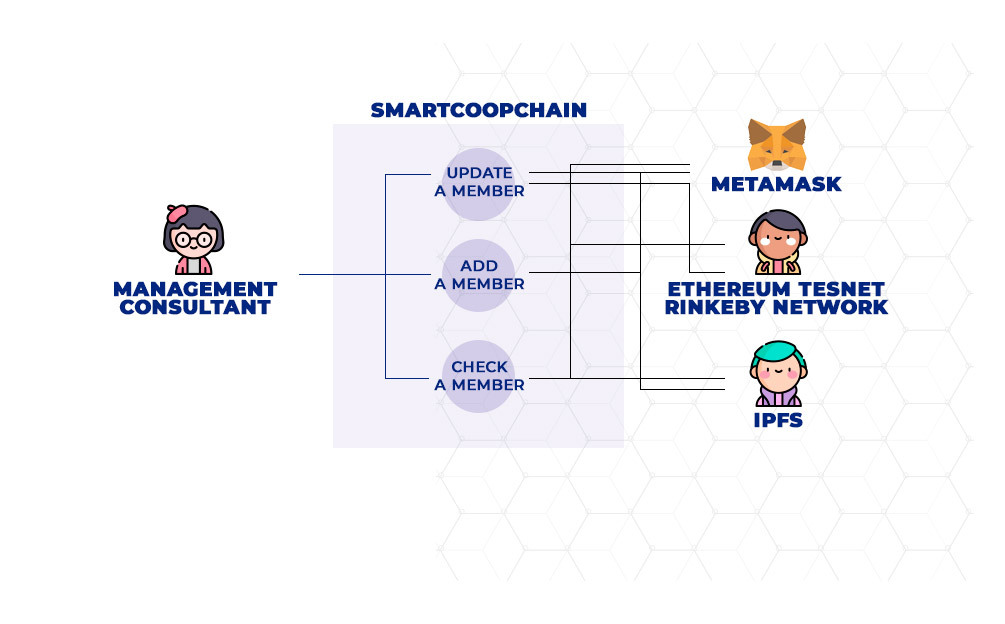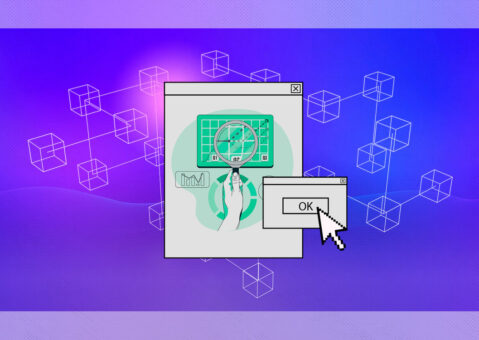P2P Models is a large research project focused on building new types of collaborative economy organizations, which are decentralized, democratic and economically sustainable, harnessing the potentials of the blockchain. We research case studies which match our selection criteria. One of our case studies is Smart Coop, the largest European co-op, our focus being on the Spanish section, “Smart Iberica”. Smart is a cooperative whose objective is to foster creative and cultural projects, offering advice and support to members for professional development, training to improve their skills, and mutualized services to develop their professional activity in an appropriate legal framework.
As part of our research project, P2P Models is facilitating some aspects of Smart Coop’s activity with digital tools, co-designed with the members of the cooperative and in co-creation with the IT team. We listen to the community members’ needs and desires and try to provide creative solutions based on blockchain.
Since December 2018, we have established a very good relationship with the community. In the beginning, we carried out our social research based on interviews and participant observation, followed by some wonderful co-creation workshops. Now we are prototyping some technological solutions, trying to provide more transparency, security and data accessibility in its member management processes through the adoption of a decentralized solution. Here are some of the specifications we found in our research.
From social research to a formal specification
The objective of this phase of the study is to specify the functional requirements of a decentralized application (dapp) named SmartCoopChain. This dapp is aimed at adding new members to the Smart Cooperative, relying on blockchain and other technologies.
After the first stage of social research, in which we carried out months of ethnographic work and interviews with Smart Coop members, we could proceed with the analysis and a more formal specification which may facilitate the implementation of a software tool. Using the Business Process Modeling and Notation (BPMN) we created a workflow graph representing the business process for member acceptance in Smart Ibérica. The business process modeling of the organization helps us to understand the structure and dynamics of the organization ensuring that customers, end users and developers have a common understanding, and provides developers with a logical approach that allows them to define where software applications can improve the productivity of the business and helps to determine the requirements for those applications.

“
Using the Business Process Modeling and Notation (BPMN) we created a workflow graph representing the business process for member acceptance in Smart Ibérica
In this context, our objective is that the adding of new members to the organization will be implemented in terms of a dapp. Since the dapp is a blockchain-based application, it guarantees that whatever data is recorded there will not be tampered with, facilitating trust by third parties. In addition, it improves transparency since both the data and the interactions with it are publicly visible and trackable by any user or third-party.
The technical specification of our dapp
From a technical point of view, the service to implement is based on a decentralized application which interacts with the blockchain through a set of smart contracts, and where members’ data and the associated files are recorded in decentralized storage, as shown in the following figure.

UML diagrams are used in order to specify the functional requirements of the service from different points of view. The aim of these diagrams is to provide a precise and well understood representation of the service and enable people involved in its development to think about and discuss problems and solutions. For example, use cases are generated for the representation of the units of functionality that the service provides for its users and allow stakeholders to specify the requirements that the service must fulfill. That is, the use case diagram shown below is used to describe which users use which functionalities of the service but does not address specific details of the implementation.

We have tried to summarize in this post the first steps we have taken to define the management of user registrations using blockchain through a Dapp in Smart Ibérica. We are at the prototyping stage, and now we are starting not just to test functionalities, but to expose the prototypes with real (non-techie) users to test if it actually provides value. User experience is one of blockchain’s biggest challenges, as we have seen already with other experiments. In future posts we’ll share how that goes!
AUTHOR

The authorship is by Maricruz Valiente, but this content has been made thanks to the whole P2P Models team ![]()
The designs are by Elena Martinez
The review by Genoveva López and Tabitha Whittall
Samer Hassan and Rosa Chamorro make everything possible





